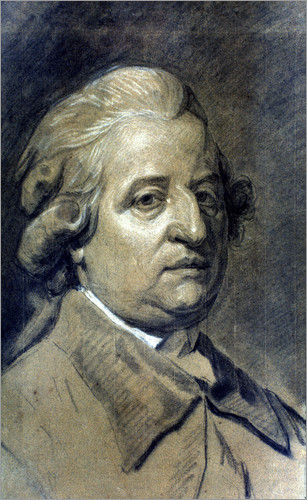Wednesday, 31 January 2024
Reflections on the Coronation
Charles I King and Martyr
Sunday, 28 January 2024
Burying the ‘A word’ and Septuagesima
Bidding farewell to the Alleluia
The second part of the list looks rather more at the whole seventeen days of the season:
Septuagesima, Sexagesima, Quinquagesima
In addition I see that the New Liturgical Movement has a lengthy and informative discussion today of the historic Milanese usages for these coming days. It can be seen at Septuagesima in the Ambrosian Rite
For those following the Novus Ordo calendar or its equivalent you still have until Shrove Tuesday to use the A-word and then, maybe, go and decently bury it in the churchyard pending its disinterment on Holy Saturday.
A prayerful Septuagesima to all my readers.
Saturday, 27 January 2024
The Cerne Abbas Giant back in the news
Friday, 26 January 2024
The Thames Frost Fair 1683-84 - one of a kind
Thursday, 25 January 2024
Unicorns
Oldest surviving tartan recreated
Wednesday, 24 January 2024
Cambridge college wall paintings
Another Anglo-Saxon cross found in Yorkshire
The Knaresborough Hoard
There is now a third article from Ancient Origins which gives more details and insights revealed by the research. It can be seen at Knaresborough Hoard Reveals Long- Forgotten Secrets
On the assumption that the vessels are indeed tableware, and not of ritual significance, and whilst it is obviously less spectacular than the dinner service of the Mildenhall treasure this collection does suggest something of the style and display that could be used to grace a dinner table or a villa in provincial Britannia.
Monday, 22 January 2024
More on the Roman crucifixion from Fenstanton
Restoring and exhibiting Roman armour
Sunday, 21 January 2024
Requiems for King Louis XVI


O Almighty God, who didst call thy servant Louis to an earthly Throne that he might advance thy heavenly kingdom, and, when his throne was violently overturned, didst give him boldness to confess the name of our Saviour Jesus Christ before the rulers of this world, and courage to die for this faith: Grant that we may in ready obedience accept both prosperity and adversity at thy hand, and that we may always be ready to give a reason for the hope that is in us, and to suffer gladly for the sake of the same our Lord Jesus Christ; who liveth and reigneth with thee and the Holy Spirit, one God, for ever and ever. Amen.
O almighty God, by whose grace and power thy holy martyr Louis Triumphed over suffering and was faithful even unto death: Grant us, who now remember him with thanksgiving, to be so faithful in our witness to thee in this world, that we may receive with him the crown of life, through Jesus Christ our Lord, who liveth and reigneth with thee and the Holy Spirit, one God, for ever and ever. Amen.

